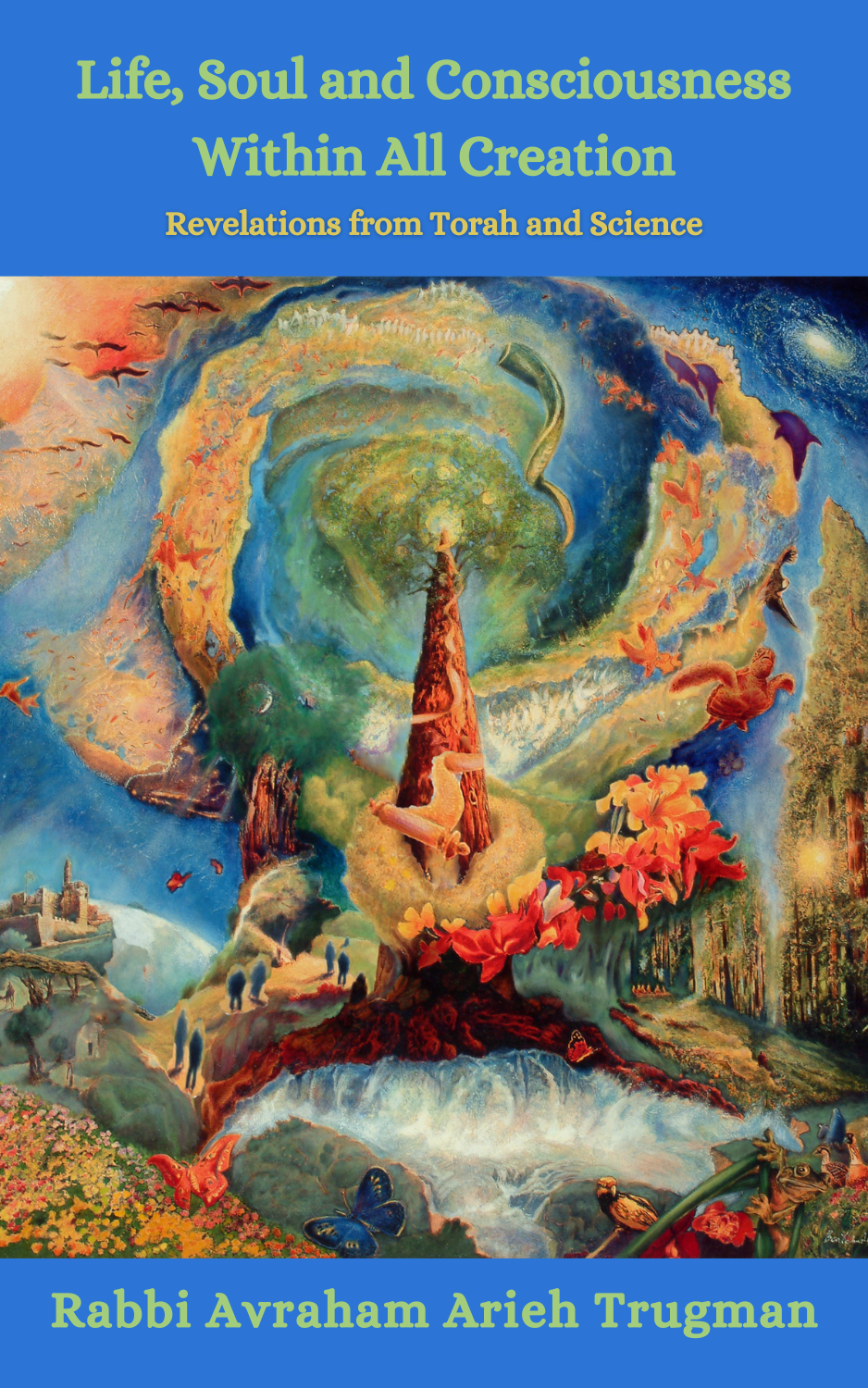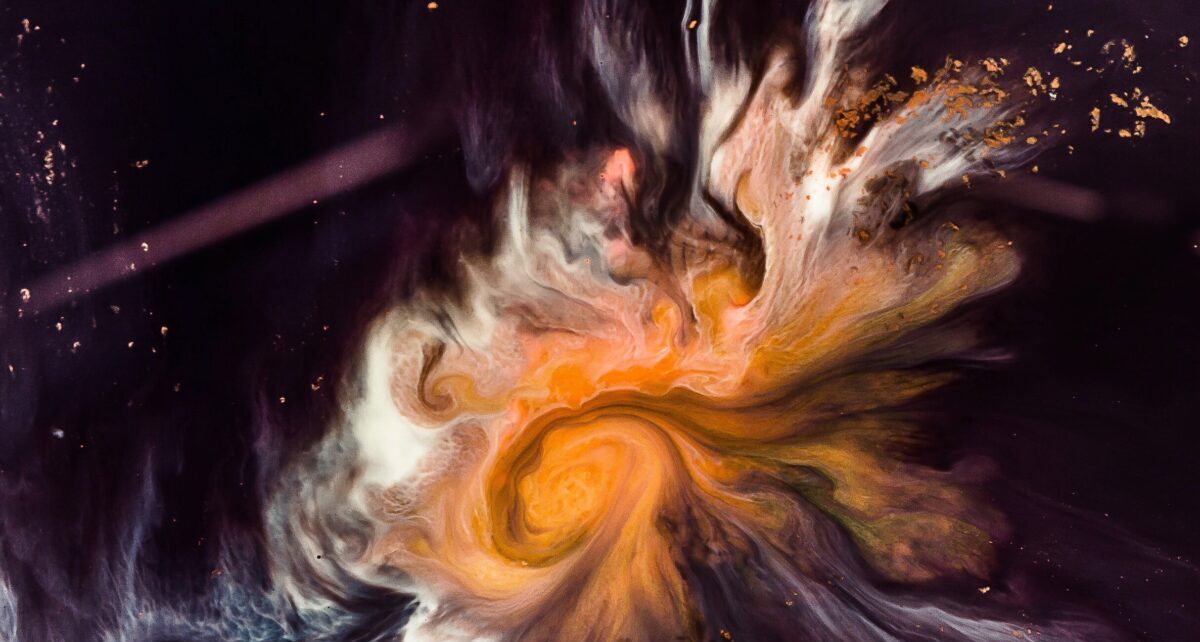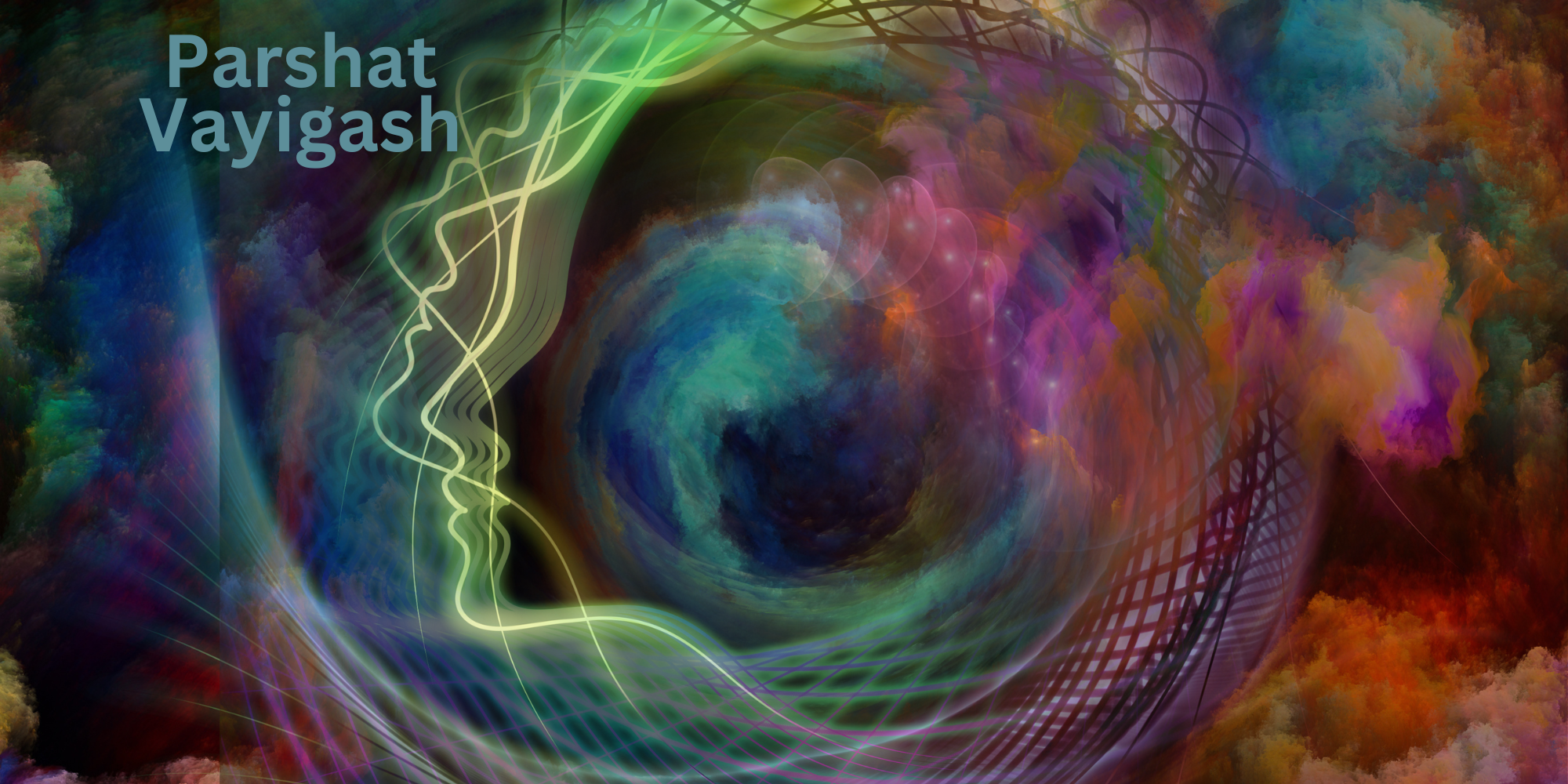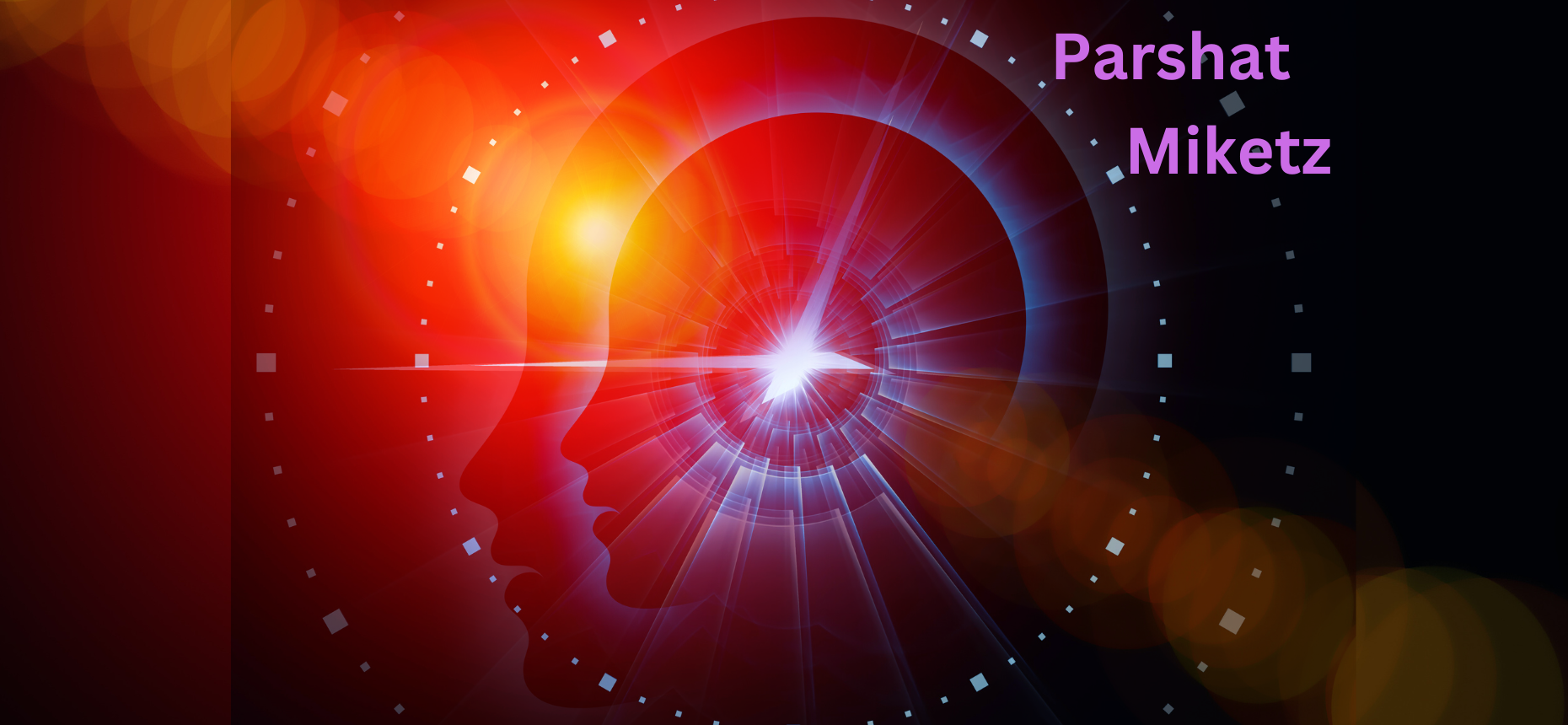The concept that all the forces of the universe must somehow be united is not a new idea. It is the central tenant of faith of Judaism for millennium, as stated in the Torah: “Hear O Israel, the Lord our God, the Lord is One.” The belief in the unity and oneness of God includes the notion that in essence all manifestations of physical and spiritual reality are one. It is highly significant that the essential name of God is four letters, the same number as the basic forces of the universe: gravity, electromagnetism, the strong nuclear force and the weak nuclear force.
That which unites these forces are the vibrating strings at the very foundation of all reality. String theory holds the possibility that through the perfection of the theory an equation will be formulated which will show how these four forces are essentially united and ultimately how to use this understanding. (One of the alternative versions of string theory actually posits twenty-six dimensions, the numerical value of the four letter name of God!)
The idea of unity relates to music in a very fundamental way as can be understood through the difference between noise and music. Noise is a haphazard or unpleasant combination of sound. Music implies order, harmony, symmetry and beauty. The Torah metaphor of music in relation to the creation is born from the belief that there is an order, harmony and purpose to creation. The cycles and laws of nature are not coincidental, rather the result of a Creator and a purpose.
Music itself has an integral sense of order and symmetry. The symphony of creation is truly like an orchestra of widely different and unique instruments and musicians, all working together to make the most beautiful music. As an orchestra has a conductor whose job is to make sure all work together towards the same purpose, so too does the universe have a Divine conductor orchestrating the whole production.
The particular qualities we identified with music, and especially the ten songs sung throughout history, were the all encompassing attributes of purpose, unity, completion and peace. Song in its truest sense reveals within a person a complete unity of body and soul, a sense of peace and completion that touches the deepest aspect of ones being.
The human psyche is an incredibly complex structure made up of countless different and competing intellectual, emotional, psychological and behaviorist energies. As music is engraved in the very makeup of the physical universe, produced by strings creating a virtual world wide web of unity, so too music in the soul brings together all the different strings of a human being in order to achieve true unity and a symphony of ultimate purpose.
The quest for the unified field theory has been stymied though for years due to a critical problem. Einstein’s theory of general relativity and its implications for how we see space-time and its revolutionary revelations as to the workings of gravity, created a new understanding of the order inherent in the bigger picture of the universe. Yet within just a few years of Einstein’s findings, quantum mechanics and the uncertainty principle, revealed the inherent chaotic and unpredictable nature of the subatomic world. Einstein’s objection to the initial revelations of quantum physics was summed up in his famous statement “God does not play dice with the universe.” Paradoxically, both theories have been proven to be true and they stand in seeming contradiction one to the other.
Until quantum mechanics there was a growing belief in the deterministic nature of the universe. The laws of science were deemed to be so predictable that theoretically the future could be predicted if one knew all factors involved. The discoveries of Einstein gave support to that idea. Along came quantum physics and proved that, at least on a subatomic level, nothing was actually predictable. The best we could achieve were approximate predictions of how subatomic matter would act. It turns out that the bigger picture of science shows immutable order, while the smaller picture reveals a teeming world of unpredictability and chaos.
It is interesting to note that this paradox parallels the age old question of free will and determinism, which Torah acknowledges and deals with in countless ways. Einstein’s world view was basically deterministic, while quantum mechanics conceptually opens the possibility of free will. This dilemma of science and philosophy is considered by the Torah as one of the greatest paradoxes of existence. Yet, herein lies a great secret. Torah thought is not frightened by paradox, rather it embraces and accepts that paradoxes of all sorts exist at every level of reality.
The paradox of light being both a particle and a wave, and general relativity and quantum mechanics both being true, are examples in the world of science. Man’s ability to choose freely in relation to God’s knowledge of the future and the workings of Divine Providence is also such a paradox. The Torah view that free will and God’s Providence are both simultaneously true is similar to the scientific view that both general relativity and quantum mechanics are true and operate concurrently.







